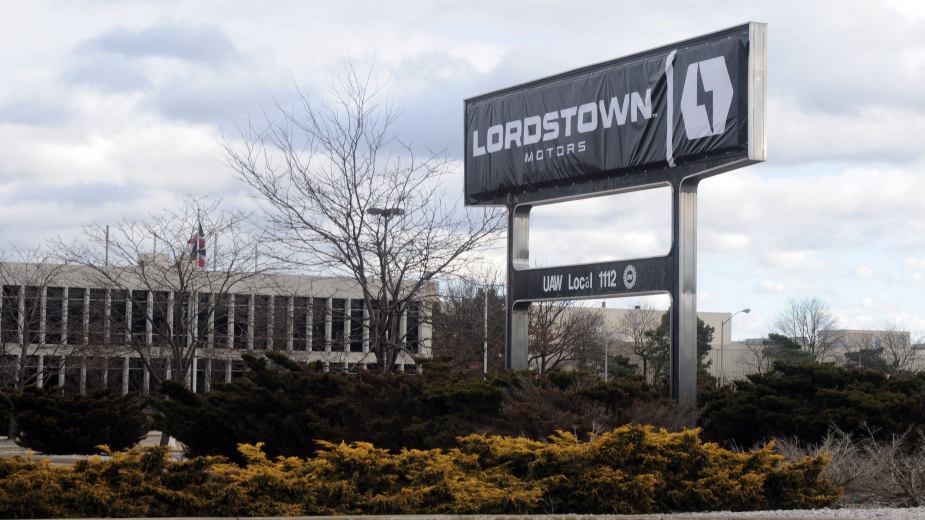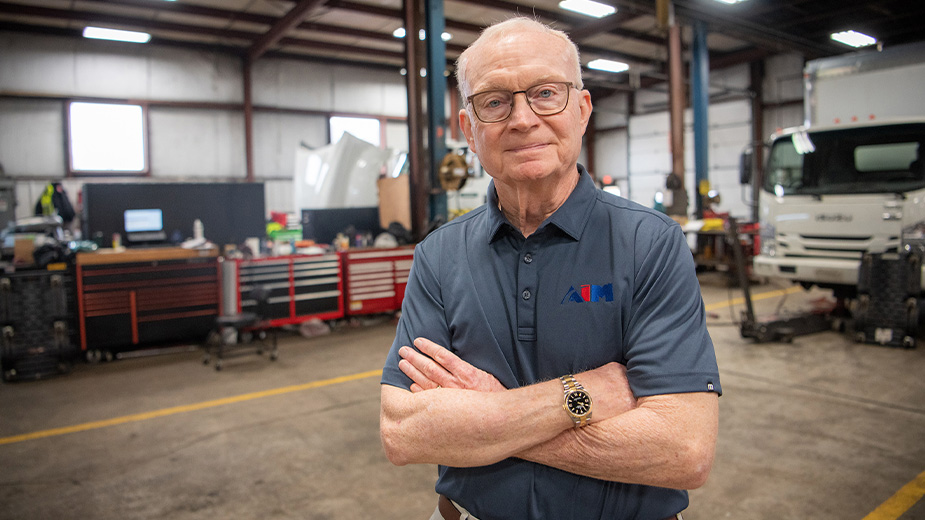Lordstown Motors Speeds to Public Offering through SPAC Investment Deal
LORDSTOWN, Ohio – In what is shaping up to be a race to lead the electric-vehicle market, startup Lordstown Motors Corp. has joined several EV manufacturers that have opted to go public through a special purpose acquisition company, or SPAC, rather than the traditional initial public offering.
On Monday, Lordstown Motors announced it had reached a merger deal with DiamondPeak Holdings Corp., a SPAC that has raised $675 million to fund the automaker’s operations. The merger would boost Lordstown Motors’ value to $1.6 billion as a wholly owned subsidiary of DiamondPeak.
Special purpose acquisition companies identify a specific company for merger and arrange for institutional and individual investors to first pump money into the new combination. This process is usually much faster than through the conventional IPO path, since it takes far less time to prepare statements and other filings associated with the launch.
Once the merger is completed, the new company is listed on a public exchange.
In an interview with CNBC, Steve Burns, CEO of Lordstown Motors, said the pandemic “put the brakes on some of the private funding we were talking to so we started talking to SPACS maybe three months ago.”
“Four or five” SPACS were interviewed, he said.
In June, EV automaker Nikola Corp. announced it had secured financing through a reverse merger with another SPAC, VectoIQ. Nikola competes in the heavy-duty truck market and doesn’t manufacture light-duty vehicles such as pickups and SUVs. Another heavy truck automaker, Hyliion, also announced in June it would go public through a SPAC.
Burns says the company plans to produce its first product – an all-electric pickup named The Endurance – and deliver it to fleet customers by the summer of 2021. The company expects to list on the NASDAQ exchange by the fourth quarter of this year, once the merger is complete.
Meanwhile, electric auto giant Tesla has announced its plans to deliver its light-duty truck, the Cybertruck, to consumers sometime between late 2021 and early 2022. The Cybertruck has so far created a buzz with hundreds of thousands of reservations for the vehicle.
In what is emerging as a very competitive EV pickup market, the first to crack the code of a specific all-electrical light-duty truck could come out as the big winner, says Ivan Drury, an auto analyst for Edmunds.
“No one wants to be the one out there who regrets it,” Drury says. “The amount of missed opportunity is too great.”
Tesla, he noted, has already achieved a worldwide following in the electrical passenger vehicle market, Drury says. The next obvious target is the pickup and light-duty truck segment. That’s led a slew of competitors into the field, all with an appetite to be the first and best.
General Motors, Ford Motor Co., Rivian and Volkswagen all have announced their plans to produce new electric trucks, SUVs and vans. In some cases, these interests have intertwined in partnerships designed to spread some of the risk in a yet untested market.
Ford, for example, pumped $500 million into startup Rivian to develop an all-electric SUV while continuing to invest in an all-electric version of the F-150.
GM is slated to introduce 13 new electric models by 2025, including a new pickup available by the fourth quarter of 2021. At the same time, the automaker loaned $40 million to Lordstown Motors so it could purchase its former Lordstown facility and begin retooling it to produce the Endurance.
GM idled its Lordstown plant in March 2019 and officially closed the facility in October of that year. It sold the plant to Lordstown Motors in November 2019.
Under the new agreement between Lordstown Motors and DiamondPeak, GM has agreed to invest $75 million in the venture, about $50 million of which is through in-kind contributions already provided to the company such as the plant and its equipment.
Drury says it’s likely the market could see more of these partnerships. However, it’s also likely that not all of them will survive as the electric-vehicle segment matures.
“For consumers, it’s one of the most exciting times ever,” he says, emphasizing the variety of EV platforms, designs and styles that are slated for the public over the next five years. “For companies, it’s dangerous because you have that much competition.”
Automakers such as Ford, GM and Tesla have some protection because of a diversified product portfolio, but startups face a challenge, Drury says. Within 10 years, he projects several of the automakers currently fighting for a share of the market will no longer exist.
One mistake, one misstep in the launch process, for example, could be costly to an early stage EV manufacturer, Drury noted. “Customers, media, investors – everyone is looking for that success story,” he says. “But, only a few of these companies are going to come away being able to say they succeeded.”
MORE:
Lordstown Motors Combines with Diamond Peak Holdings; Gets $500M in Investments, $75M from GM
Lordstown Motors Eyes Profit, 100 Vehicles Annually by 2024
Copyright 2024 The Business Journal, Youngstown, Ohio.



